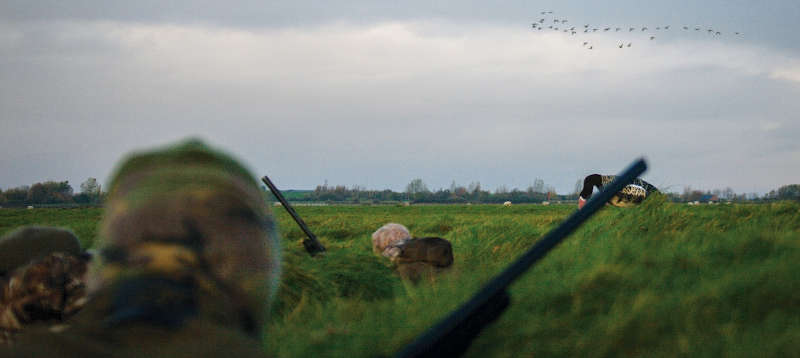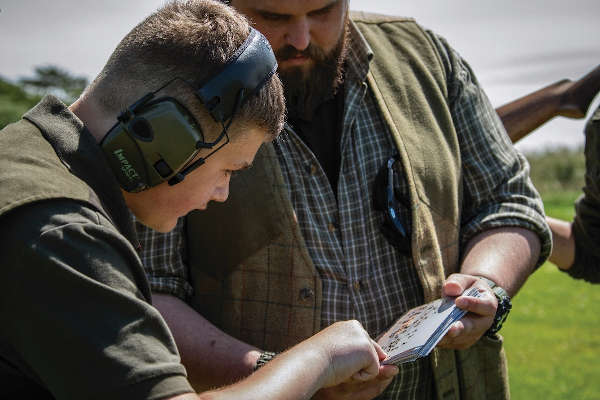
Tom Sykes explains how Morecambe Bay Wildfowlers’ Association are encouraging the next generation of wildfowlers to take full advantage of this fantastic sport.
Where it began
I have been part of the Morecambe Bay Wildfowlers’ Association since a very young age, having started in the club’s Young Shots programme. I transitioned into full membership at 18 and really began to expand my knowledge and experience of our marshes. I decided to give something back to the club a few years ago and joined the committee to help with the club’s growth and future security. One of the main roles I have undertaken is heading the Young Shots programme. This is something I felt passionate about as it was my experiences as a young shooter which cemented my interest in wildfowling all those years ago.
The MBWA Young Shots programme started in the early 90s to encourage members’ children and others to enjoy the sport of wildfowling. Junior members are not allowed to shoot on the marshes unattended and must be accompanied by a full member, but they can shoot as often as they want throughout the season.
Once they reach 18, juniors are offered a place on the full membership list – and get priority if there is competition for available places – but they must first pass the same interview process as any other prospective member.
Paying their way
Juniors have always paid reduced subscriptions compared with standard membership. The current sub covers membership of BASC and some of the club admin fees. The price is kept low to encourage more members to join. We have recently decided to encourage juniors to attend more events by covering the cost of the entry fee. This includes admission to our Dinner Dance and Annual Supper evening. The club is also happy to invest in clay tuition, feed and habitat maintenance for Young Shots events.
Clay shooting coaching
We have introduced a clay coaching session for juniors over the last couple of summers to help them become more proficient before they stride out onto the saltings. Wildfowling on the foreshore isn’t the easiest type of shooting; one-on-one tuition on clays during the closed season is of real benefit to the next generation.
Theory
Of course, the actual shooting is just a small part of wildfowling. It is our duty to instil the knowledge that the next generation will need to be successful, stay safe and keep within the law. We have updated our quarry identification images with modern, clear photographs of a vast range of species that might be encountered on the foreshore. We also explain how to read tide tables and the effects
the weather can have on tides, and discuss guns, cartridges, chokes, calling, decoys, the importance of hearing protection, gundogs, general health and safety and marsh etiquette.
Putting it into practice
The theory is put into practice when we get out onto the marsh for a few flights.
Although the Young Shots programme allows juniors to go out, they don’t always have a full member to take them. Therefore, we organise and run flights to get the juniors out as often as we can, allowing them to learn all about the sport while meeting like-minded friends of a similar age. These friendships seem to last; I still shoot with ‘fowlers that I met through the programme.
The marsh visits are typically morning flights. The juniors are split into two groups depending on their ability. We usually head out after geese but there may be the odd chance of a shot at ducks too. These flights have proved to be very valuable and surprisingly successful, with most of the juniors bagging something for the table. We also have the use of an inland pond, which I shot as a boy before marsh visits were chosen as the primary practical exercise. We are looking to use this a little more in the future, especially for the juniors that aren’t quite ready for the challenge of the foreshore.
TOM SYKES is a shoot photographer, sporting author and seasoned wildfowler from the north west.
Images by Sykes Media
